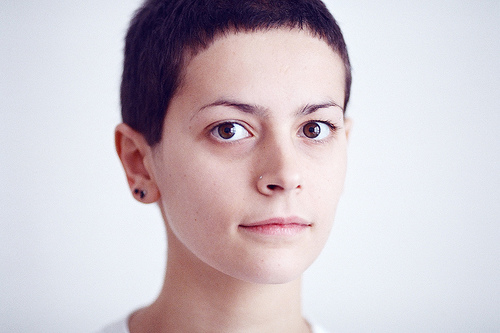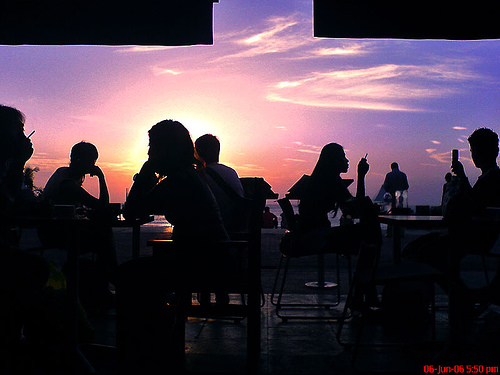Eight Ways To Focus A Viewer’s Attention On Your Subject
In photography, it is important that the subject you are photographing is clearly conveyed to the viewer. In a portrait photo, you want the viewer to concentrate on the person, not the background. Going further, you probably want the focus to be on the face, and going further still, probably the eyes, or maybe the lips.
This is true not just for portrait photography, but for most types of photography. With landscape photography, there is normally a main point of focus in the image, for example a tree, the sunset, or maybe a river.
You can help focus your viewer's attention on the important part(s) of the photo by assigning the most important a higher visual weight. There are a number of different factors that are likely to affect how much attention a viewer pays to a particular part of an image.
Read the rest of this entry »









